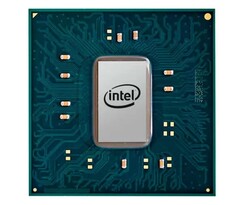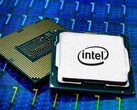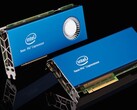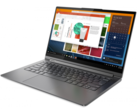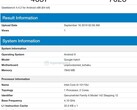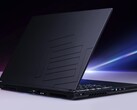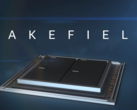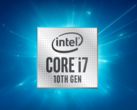The 10th gen mobile CPUs from Intel are slowly permeating the market, but initial reviews are not really that great. Since Intel is finally making the jump to 10 nm, the Comet Lake and Ice Lake low-voltage processors appear to require new chipsets, at least according to new specsheets unveiled by Intel. Previous rumors claimed the 10 nm mobile platforms might integrate very few new features that hardly justify an upgrade over the current ULV chips, and the official Intel specs for the new 495 chipsets unfortunately come as confirmation.
Just like previous versions, the 495 chipset will have two SKUs: one for the Premium Y CPUs that usually power ultrabooks and mini PCs, and the other for Premium U CPUs that are meant for mid-range laptops. As far as I/O capabilities are concerned, the 495 chipset gets an 8X OPI CPU interface that facilitates 4 GT/s data transfer speeds. The Premium U SKU supports up to 3 SATA 6 Gb/s ports, up to 16 PCIe Gen3 lanes that can be distributed over a maximum of 6 devices, up to 10 USB 2.0 ports and up to 6 USB 3.2 Gen 2 (10 Gbps) connectors, while the Premium Y gets only 2 SATA 6 ports, up to 14 PCIe Gen 3 lanes for 5 devices, only 6 USB 2.0 ports and up to 6 USB 3.2 Gen 2 connectors. Both SKUs support the SDXC 3.0 standard for memory cards and integrate a GbE NIC along with Wi-Fi support via a CNVI module.
These features are mostly nothing new. Intel did not bother to include PCIe Gen 4 support stating that it does not bring any real benefits over the current gen, whereas the USB 3.2 Gen 2 ports do not support 2X2 configurations (no mention of USB 4.0 whatsoever). On the other hand, the OPI interface is clearly faster, plus Wi-Fi 6 and Intel Optane memory should also be supported.
I first stepped into the wondrous IT&C world when I was around seven years old. I was instantly fascinated by computerized graphics, whether they were from games or 3D applications like 3D Max. I'm also an avid reader of science fiction, an astrophysics aficionado, and a crypto geek. I started writing PC-related articles for Softpedia and a few blogs back in 2006. I joined the Notebookcheck team in the summer of 2017 and am currently a senior tech writer mostly covering processor, GPU, and laptop news.
> Expert Reviews and News on Laptops, Smartphones and Tech Innovations > News > News Archive > Newsarchive 2019 09 > Intel releases 10th gen 495 Chipset specsheet for Comet Lake and Ice Lake U/Y CPUs
Bogdan Solca, 2019-09-24 (Update: 2019-09-24)




